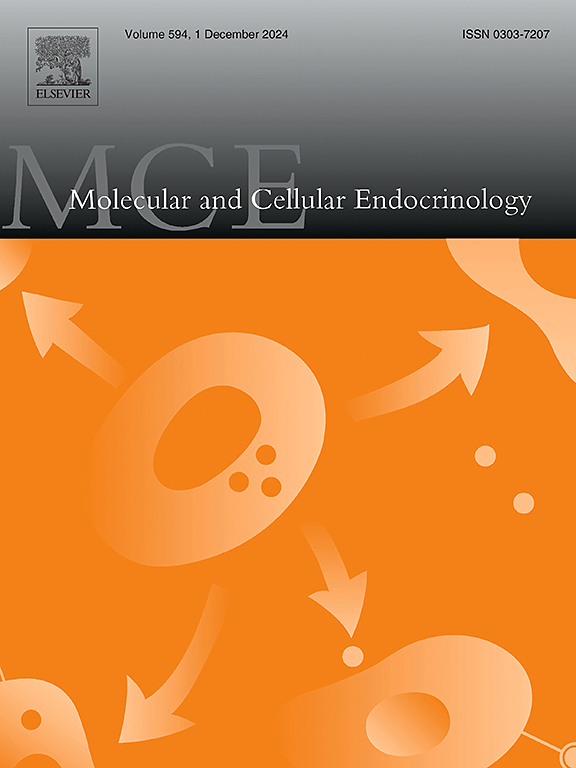肝纤维化的病理生理学、信号通路和临床前模型指南。
IF 3.8
3区 医学
Q2 CELL BIOLOGY
引用次数: 0
摘要
肝纤维化是一种潜在的可逆性肝病,由早期肝瘢痕形成演变而来,是慢性肝损伤的结果。在没有适当药物治疗的情况下,肝脏的复发性损伤会使损伤变得更严重和更深,逐渐导致不可逆的肝硬化或肝癌的发展。不幸的是,目前还没有批准的治疗策略来逆转肝纤维化,这使得它成为发展为晚期肝脏疾病和肝脏疾病相关死亡率的重要危险因素之一。因此,对基本机制、病因和发病机制的解释对于确定潜在的治疗靶点以及评估新的抗纤维化疗法至关重要。然而,尽管有无数的研究,其作用机制和疾病特征仍不清楚。为了加速了解潜在的疾病病理生理、分子途径和疾病进展机制,通过形成精确的疾病模型来模拟人类肝脏疾病至关重要。尽管各种体外和体内肝纤维化模型已经出现和发展,但一个完美的复制人类肝脏疾病的临床模型尚未建立,这是寻找合适治疗方法的主要挑战之一。本文综述了肝纤维化的病理生理学、信号通路、临床前模型及其局限性。本文章由计算机程序翻译,如有差异,请以英文原文为准。

A guide to pathophysiology, signaling pathways, and preclinical models of liver fibrosis
Liver fibrosis is potentially a reversible form of liver disease that evolved from the early stage of liver scarring as a consequence of chronic liver injuries. Recurrent injuries in the liver without any appropriate medication cause the injuries to get intense and deeper, which gradually leads to the progression of irreversible cirrhosis or carcinoma. Unfortunately, there are no approved treatment strategies for reversing hepatic fibrosis, making it one of the significant risk factors for developing advanced liver disorders and liver disease-associated mortality. Consequently, the interpretation of the fundamental mechanisms, etiology, and pathogenesis is crucial for identifying the potential therapeutic target as well as evaluating novel anti-fibrotic therapy. However, despite innumerable research, the functional mechanism and disease characteristics are still obscure. To accelerate the understanding of underlying disease pathophysiology, molecular pathways and disease progression mechanism, it is crucial to mimic human liver disease through the formation of precise disease models. Although various in vitro and in vivo liver fibrotic models have emerged and developed already, a perfect clinical model replicating human liver diseases is yet to be established, which is one of the major challenges in discovering proper therapeutics. This review paper will shed light on pathophysiology, signaling pathways, preclinical models of liver fibrosis, and their limitations.
求助全文
通过发布文献求助,成功后即可免费获取论文全文。
去求助
来源期刊

Molecular and Cellular Endocrinology
医学-内分泌学与代谢
CiteScore
9.00
自引率
2.40%
发文量
174
审稿时长
42 days
期刊介绍:
Molecular and Cellular Endocrinology was established in 1974 to meet the demand for integrated publication on all aspects related to the genetic and biochemical effects, synthesis and secretions of extracellular signals (hormones, neurotransmitters, etc.) and to the understanding of cellular regulatory mechanisms involved in hormonal control.
 求助内容:
求助内容: 应助结果提醒方式:
应助结果提醒方式:


